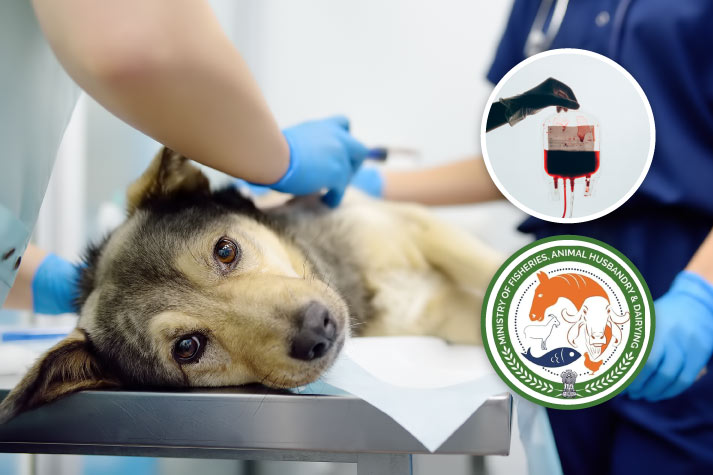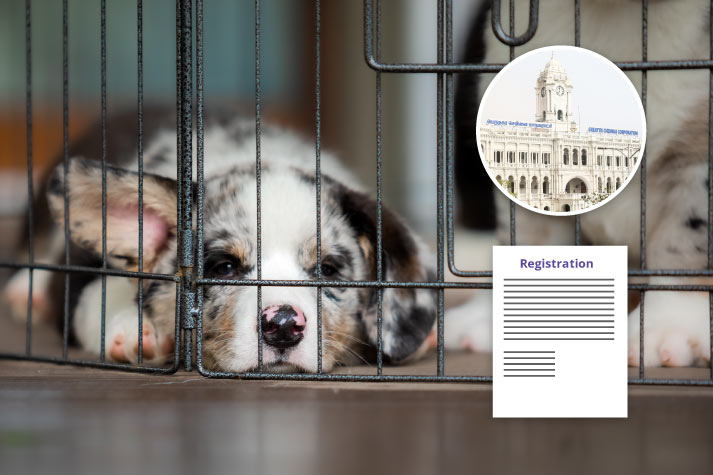
27 Aug
India Unveils National Guidelines for Animal Blood Transfusion
India has taken a landmark step in veterinary healthcare by releasing its first-ever national guidelines on animal blood transfusion and the establishment of blood banks. For years, blood transfusions for animals were carried out mostly in emergencies, often without standardized procedures or protocols. This move introduces much-needed structure, safety, and ethics into a critical area of animal care.
The new framework provides detailed instructions for every stage of the process. It outlines how donors should be selected, the screening and vaccination checks required, and the procedures for blood typing and cross-matching. It also sets rules for collection, processing, storage, and transfusion to ensure animals receive safe and effective treatment. A unique feature of the guidelines is the introduction of a “Donor Rights Charter,” which promotes voluntary donations made with informed consent, helping to safeguard animal welfare.
These guidelines were shaped after extensive consultations with veterinary experts, councils, and research institutions, making them comprehensive and practical. They also align with the “One Health” approach, which emphasizes the close link between the well-being of animals, humans, and the environment. By following these protocols, India is moving closer to international standards in veterinary practice.
Looking ahead, the plan envisions the creation of a National Veterinary Blood Bank Network. This would include digital registries, real-time tracking of available blood, and a 24×7 emergency helpline. Proposals also include mobile collection units to reach rural and remote areas, mobile apps to match donors and recipients quickly, and even cryopreservation for rare blood types. Veterinary colleges and training centers will integrate these SOPs into their curriculum, ensuring that future veterinarians are well-versed in modern transfusion practices.
The importance of this initiative cannot be overstated. India is home to one of the world’s largest animal populations, with millions of livestock supporting rural livelihoods and companion animals becoming an integral part of urban households. With livestock contributing significantly to the country’s GDP and agricultural output, ensuring their health and survival directly impacts food security and the economy.
Although these guidelines are advisory and not legally binding, they are designed to evolve with new research, field experiences, and changing needs. By setting high standards for biosafety, ethics, and care, they represent a transformative step toward better veterinary services and improved animal welfare across the country.





AUTHOR’S BIO
Carry My Pet
Passionate pet enthusiasts and globetrotters, dedicated to easing furry friends' journeys worldwide. Penning tales of compassion at CarryMyPet, where every relocation is a tail-wagging adventure.